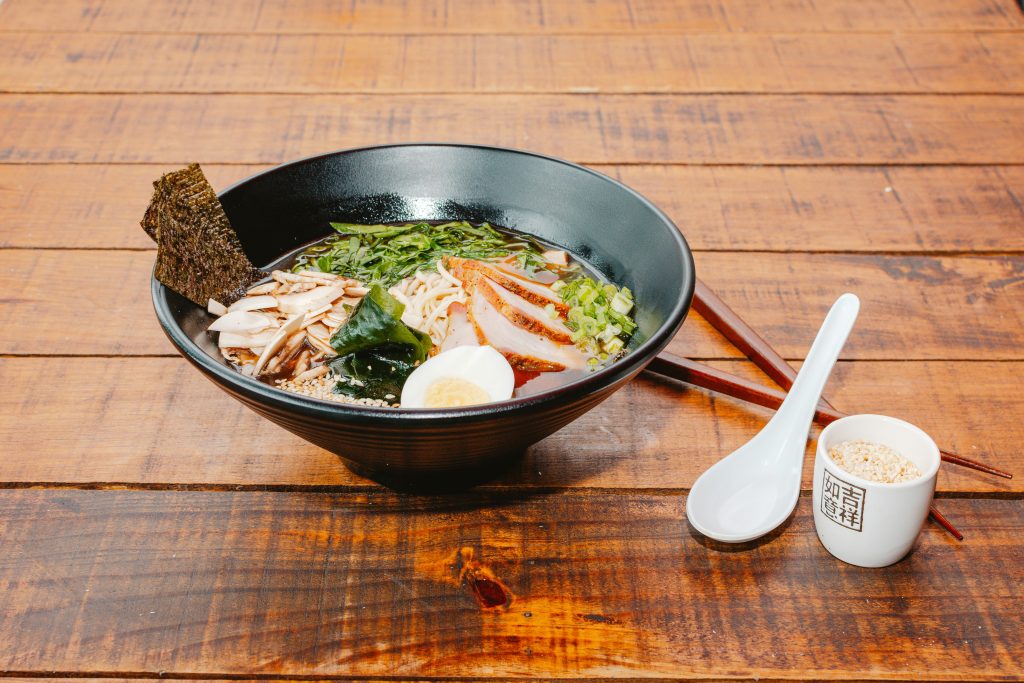For years, I thought anxiety was just another emotion I needed to manage better. I’d been told it was about thoughts and feelings, something to breathe through or think my way out of—something in the future. But when panic attacks hit me in June 2024, gradually I finally understood what anxiety really is—and why everything I’d been taught about it was missing the mark. Let’s take a look at “what is anxiety”.
Anxiety isn’t an emotion.
It’s survival energy that needs to complete its cycle, and when it can’t, it gets stuck in your nervous system like a record that keeps skipping on the same track.
What is Anxiety: The Survival Energy That Can’t Complete
To understand anxiety, you need to understand how your nervous system responds to threat. When your system perceives danger—real or imagined—it immediately mobilizes energy to help you survive. This is the sympathetic nervous system kicking in: your heart rate increases, blood flows to your muscles, stress hormones flood your system. You’re either ready to fight or run.
This involuntary response is brilliant yet necessary. The problem comes when that survival energy has nowhere to go.
In nature, mammalians discharge this activation naturally. A gazelle escapes a lion, runs to safety, then literally shakes off the stress. The energy moves through and out. The nervous system completes its cycle: activation, action, discharge, return to calm.
We humans have the same mammalian mechanism, though we operate differently.
We sit in meetings feeling attacked but can’t run.
We get triggered by emails but have to stay professional.
We feel threatened by conflict but force ourselves to “stay calm.”
Layer years of these incomplete responses, and you have a nervous system full of survival energy with nowhere to go.
That trapped energy is what we call anxiety.
Why Modern Life Keeps Us Stuck
Our nervous systems evolved for acute threats that had clear beginnings and endings. See tiger, run from tiger, escape tiger, shake it off, return to grazing. But modern life gives us chronic, low-level activation that never gets to complete its cycle.
We wake up to alarm clocks (startle response), check phones full of triggering news (threat activation), sit in traffic (trapped energy), work in fluorescent lights (nervous system stress), deal with difficult people we can’t escape (ongoing threat), then collapse exhausted but wired at night.
Each incomplete stress response adds another layer of stuck energy. Your nervous system is constantly revving but never gets to discharge. It’s like having your foot on the gas pedal while the car is in park—all that energy building up with nowhere to go.
This is why anxiety often feels so physical. Racing heart, tight chest, buzzing sensations, restlessness, feeling like you want to jump out of your skin. These aren’t just symptoms—they’re your body trying to move energy that’s been trapped for too long.
The Difference Between Healthy Stress and Stuck Anxiety
A healthy stress response looks like a wave: activation rises to meet the challenge, action is taken, energy discharges, the system returns to baseline. Up and down, up and down, with natural flow and rhythm.
Anxiety is when that wave gets frozen partway through. The activation rises but never gets to complete. Instead of flowing up and down, it gets stuck in the “up” position, creating that constant buzz of readiness with nowhere to go.
This is why breathing exercises and positive thinking often fall short with anxiety. You’re trying to think your way out of a physiological state that needs movement and discharge, not management.
How Early Patterns Create Stuck Energy
The tendency for energy to get stuck often starts early. As children, we learn from our environment whether it’s safe to express and move energy or whether we need to hold it in.
If you grew up in a household where emotions weren’t welcome, where you had to be the “good” child, where conflict meant danger, you learned to suppress your natural responses. That fight energy when someone hurt you? Hold it in. That flight energy when things felt unsafe? Stay still and be good.
For me, this showed up as always putting up a shield, especially around abandonment. I’d feel the activation of threat but learned to defend rather than feel. I spent years in healing spaces where I was told to “feel through” everything, but my system needed to move through, not just feel through.
Your nervous system remembers these early patterns. It learned that certain kinds of energy aren’t safe to express, so it holds them instead. Years later, you’re dealing with not just current stress but all the survival energy you’ve been storing since childhood.
The Panic Breakthrough: When Energy Finally Moves
When my panic attacks hit in June 2024, I initially saw them as something wrong, something to fix. But I came to understand they were actually my nervous system finally trying to complete cycles that had been stuck for years.
All that survival energy around abandonment, around not being allowed to feel, around having to hold it all together—it was finally coming out. The panic wasn’t pathology; it was completion.
This is why anxiety often intensifies before it resolves. Your nervous system is trying to discharge old, stored survival energy. The intensity isn’t a sign that something’s wrong—it’s a sign that something’s finally moving.
Why Traditional Approaches Miss the Mark
Most anxiety treatments focus on managing symptoms rather than understanding what’s actually happening. They treat anxiety like a thought problem or an emotion to regulate, rather than recognizing it as trapped survival energy that needs to move.
Cognitive approaches try to change your thoughts about anxiety. Mindfulness approaches try to observe it without reacting. Medication approaches try to chemically suppress it. But none of these address the core issue: incomplete stress responses that need to discharge.
It’s like trying to turn down a stereo that doesn’t have batteries. You can adjust all the knobs you want, but until you give it the power source it needs, nothing’s going to work properly.
Your nervous system needs resources and the right conditions to complete these stuck cycles. It needs safety, support, and often some form of movement or expression to help the energy flow through.
The Body Knows How to Heal
Here’s what I wish I’d understood earlier: your body already knows how to discharge this stuck energy. You don’t need to figure out the perfect technique or find the right expert. You need to create conditions where your nervous system feels safe enough to do what it naturally wants to do.
This might look like:
- Following impulses to move, stretch, or shake
- Making sounds when they want to come
- Setting boundaries that feel protective
- Getting the physical resources your nervous system needs (rest, nutrition, safety)
- Finding spaces where you can express what’s been held in
The wisdom is already in your system. Anxiety isn’t your enemy—it’s energy that wants to move toward resolution.
A New Relationship with Activation
Understanding anxiety as trapped survival energy changes everything about how you relate to it. Instead of seeing activation as something wrong with you, you can recognize it as energy that’s trying to complete an important cycle.
Instead of fighting your nervous system’s responses, you can work with them. Instead of feeling broken by anxiety, you can understand that you’re experiencing the natural result of living in a world that doesn’t allow for healthy discharge of stress.
This doesn’t mean anxiety feels good or that you should just accept being stuck in activation. It means understanding what you’re actually working with so you can support your nervous system in doing what it’s designed to do: complete the cycle and return to ease.
Your anxiety isn’t a life sentence. It’s energy waiting for the right conditions to flow through and out, leaving your nervous system free to respond freshly to whatever actually needs your attention in this moment.
Moving Forward
Anxiety as trapped survival energy means there’s always a path forward. Your nervous system wants to discharge this stuck activation. It wants to complete these interrupted cycles. It wants to return to the natural flow of up and down, activation and rest.
The question isn’t whether your nervous system can heal from anxiety—it can. The question is what conditions does it need to feel safe enough to let that trapped energy finally move through?
Your body has been holding this survival energy for good reasons. It will release it when it feels safe to do so. Trust that wisdom. Trust that your nervous system knows what it’s doing, even when anxiety feels overwhelming.
You’re not broken. You’re not doing anything wrong. You’re experiencing the natural result of survival energy that hasn’t had the chance to complete its cycle. And now that you understand what anxiety actually is, you can begin creating the conditions for that completion to happen.


